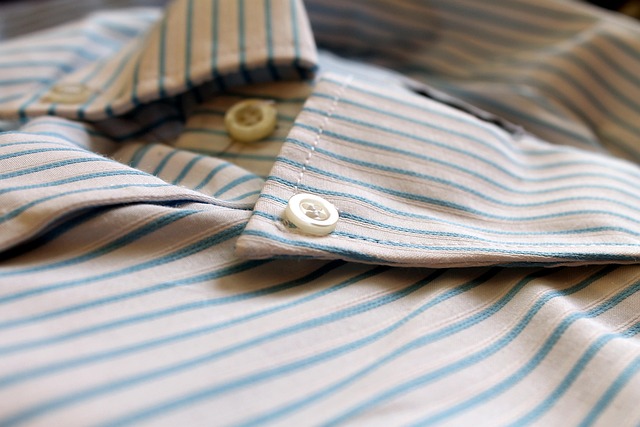Shirts: fabrics, styles and practical choices for everyday wear
A shirt is a foundational piece of clothing that balances function, comfort and personal style. From crisp button-downs to casual tees, shirts serve practical needs—temperature control, layering and workplace requirements—while also conveying aesthetic choices through fabric, print and color. Understanding material options like linen, recognizing when patterns such as floral fit the occasion, and knowing how to wear colors like pink can help you build a versatile wardrobe. This article explains practical considerations for selecting, styling and caring for shirts so you can make informed choices when shopping locally or online.

What to look for in a shirt
When evaluating a shirt, consider fit, fabric and intended use. Fit should allow comfortable movement without excess bagginess—look for shoulder seams that align with your shoulder bone and sleeves that reach your wrist for long-sleeve styles. Fabric matters for breathability and drape: natural fibers tend to be more breathable, while blends can add durability and wrinkle resistance. Construction details such as reinforced seams, quality buttons and a well-finished collar indicate longer-lasting clothing. Finally, think about how the shirt will be worn: layering, formal events or casual settings will influence the cut and features you choose.
Why choose linen shirts
Linen is prized for its breathability and natural texture, making linen shirts well suited to warm weather and relaxed silhouettes. The fiber wicks moisture and allows airflow, so linen shirts often feel cool against the skin; they also soften with washing. Linen wrinkles more easily than many other fabrics, which some consider part of its casual charm. When selecting a linen shirt, check the fabric weight—lighter weights are more airy, while heavier weaves provide slightly more structure. For everyday wear, look for linen blends that reduce wrinkling while retaining much of linen’s cooling properties.
How to style floral shirts
Floral shirts offer an easy way to introduce pattern and visual interest into an outfit. For a balanced look, pair a floral shirt with solid-colored bottoms that pick up a subtle tone from the print—neutral chinos, denim or a single-color skirt can ground the pattern. Match the scale of accessories to the print: small, delicate jewelry pairs well with intricate floral designs, while larger accessories suit bold, oversized patterns. Floral shirts can work in casual and semi-formal settings depending on cut and fabric—softer materials and tailored cuts will read more polished than oversized, busy-print casual shirts.
Wearing pink shirts effectively
Pink shirts can be versatile rather than strictly feminine; shades range from pale blush to deeper rose or coral, each conveying a different tone. Lighter pinks often work well with navy, gray or beige for a muted, refined palette, while brighter pinks can be offset by dark denim or neutral outer layers to avoid overwhelming the look. Consider skin tone and lighting when choosing a shade: cooler complexions may suit cooler pinks, while warmer complexions often pair nicely with peachier tones. As with other colors, tailoring and fabric choice—cotton, linen or blends—affect whether a pink shirt reads casual or formal.
Shirts in sustainable clothing choices
Sustainability considerations for shirts include fiber type, manufacturing practices and durability. Natural fibers such as organic cotton, linen and Tencel typically have lower synthetic content, but environmental impact also depends on water use and production standards. Durable construction extends a shirt’s usable life, reducing the need for frequent replacement. When researching sustainable clothing options in your area or from online brands, look for transparent supply-chain information, certifications that verify organic or fair-labor practices, and clear care instructions that promote longevity. Secondhand shirts and clothing swaps are other ways to reduce environmental impact.
A well-chosen shirt reflects how you balance comfort, occasion and personal style. Paying attention to fabric properties like linen, using prints such as floral thoughtfully, and selecting colors such as pink with consideration of palette and fit will make your clothing choices more intentional. Regular care and mindful purchasing can help extend the life of shirts and support a more functional wardrobe.






